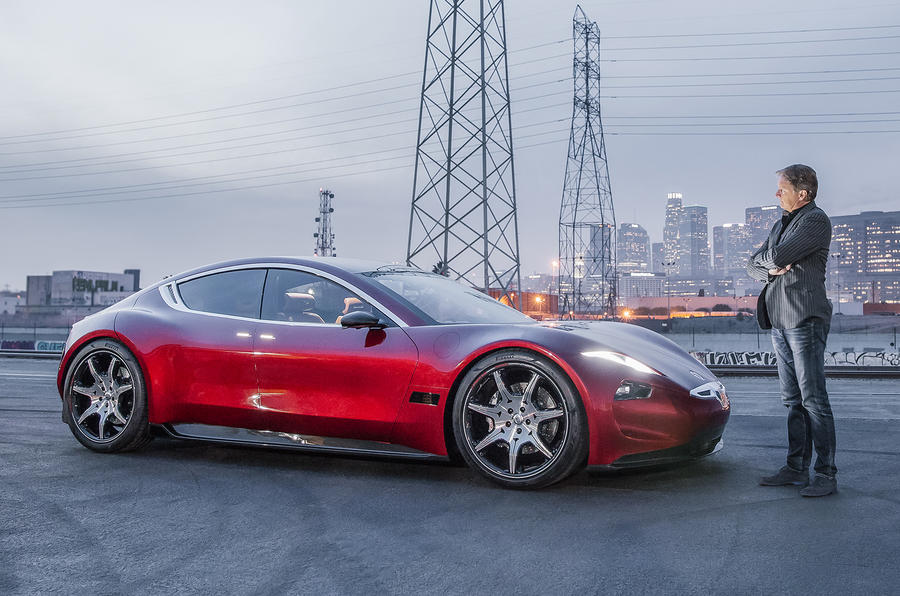Published January 9, 2018, Los Angeles Daily Journal – This week, the 51st rendition of the Consumer Electronics Show will rain down on the desert, Las Vegas style. Originated in 1967 as a small offshoot of the Chicago Music Show, CES has blossomed into the largest convention Las Vegas holds, by a long shot. With 2.4 million square feet of convention floor space that will squeeze in 180,000 attendees in just four days, CES has become the place to be for our technology-rich world.
The show has laid witness to all sorts of firsts. Members of Generation X will remember with a chuckle the Atari Pong game, which debuted at CES in 1975. Then there was the VHS (1977), the camcorder (1981), the CD player (1981), the DVD (1996) and the Xbox (2001).
Today the electronics show has as much to do with modern day transportation as gaming, as car makers traverse convention and explore a new way of thinking automotive. It used to be that car launches were reserved for spotlight national auto shows. Now, automakers are flocking to CES at unprecedented rates, bringing with them a cadre of electric, autonomous and connected vehicles to display.
So large is the electric vehicle presence, that CES has created a “Vehicle Technology” section of the show, with a dedicated 297,000 square feet of exhibit space. This year, automotive exhibitors are up 23 percent over the 2017 show, powered by forward-thinking manufacturers that want to capitalize on the new world order.
The curious proliferation of automotive manufacturers to an “electronics show” only serves to underscore the position non-traditional cars are taking in our society. In 2010, electric vehicles were a rogue experiment, backed by optimism and high hopes. Now they are a proven technology, redefining the way we think and act about transportation — all at an exploding rate.
In 2015, 1 million electric vehicles dawned our national and international highways. A year later that number doubled, challenging anyone to name another industry that experienced a 100 percent market increase in just 365 days.
And, in truth, the veneer has yet to even be scratched. With all of their hype and impressive numbers, electric cars still only make up 0.2 percent of the total passenger light-duty vehicles in worldwide circulation. Experts in the industry predict that electric vehicle registrations will hit 70 million by 2025 — a 3,500 percent increase in market penetration just seven years from now.
Just how high will it go? The International Energy Agency, a coalition of 29 countries established in 1974, predicts that by 2060 the world will have 1.2 billion electric cars in circulation. To be sure, early adopters of the concept will enjoy market advantages much in the same way J. Paul Getty capitalized on oil exploration in Saudi Arabia before the rest of the world caught on. Visionaries frequently eat well.
Much of the segment’s success has to do with global policy on improved environmental citizenship. The 2015 Paris Agreement is but one example. Adopted by 172 countries, the Paris Agreement seeks to stop global warming by limiting the increase in the global average temperature to pre-industrial levels. The electrification of transport plays a large role in achieving the reversal of increased world temperature, by decarbonizing our energy system.
The U.S. is demonstrating that it is committed to the cause. In 1974, the U.S. enacted the Corporate Average Fuel Economy (CAFE) standards in response to the 1973 Arab Oil Embargo that nearly choked out our national economy. In an effort to rid ourselves of our dependency on foreign oil, the Department of Transportation required manufacturers of vehicles sold in the U.S. to achieve an average of 18 miles per gallon, across all models sold on domestic land.
The CAFE averages have increased throughout the years, with the current average requirement set at 35.5 miles per gallon. In 2011, however, President Barack Obama doubled-down on alternative fuel transportation, requiring manufacturers to achieve an average of 54.5 miles per gallon across their line-makes by 2025.
It is widely understood that automakers will be unable to achieve the heightened requirement using internal combustion engine technology, all but sealing the fate of having electric cars become an integral part of our transportation architecture. Adding to this was President Obama’s 2016 proclamation to accelerate the deployment of electric vehicles and charging-station infrastructure.
In a program backed by $4.5 billion in loan guarantees, the Department of Transportation is establishing a robust network of electric vehicle charging stations on 48 of the nation’s 55 interstate highways, covering some 25,000 miles of traveled land. In conjunction with this, 24 state and local governments are committing to procure electric vehicles in the fleet operations.
Given the electric vehicle’s position in our automotive ecosystem, it is perhaps no surprise that electric car manufacturer Tesla has become such an overnight sensation, leading to all kinds of surprising riches. At the latest count, Tesla enjoys $56 billion market cap, catapulted by a dizzying stock price of $326 per share. To compare, Ford — the company founded in 1903 that is largely responsible for the modern-day assembly line — sits with a market cap of $52 billion and a sagging stock price of $13.
What exactly has Tesla achieved? Nothing, to be quite blunt about it, other than awaken a society to all that is possible with a different way of thinking. Tesla is pacing to lose about $1 billion per quarter — or about $480,000 every hour of the day — yet investors are throwing money at it in a way that would make a drunken sailor blush.
The success of Tesla, in the face of its financially disastrous performance, only serves to underscore the enormous opportunity that exists for those who think different and challenge convention. With a 0.2 percent market saturation, the electric vehicle segment is bristling with opportunity — and the forward thinkers who are raining down on CES with their think-different vehicle technology will be the ones who take the day.
